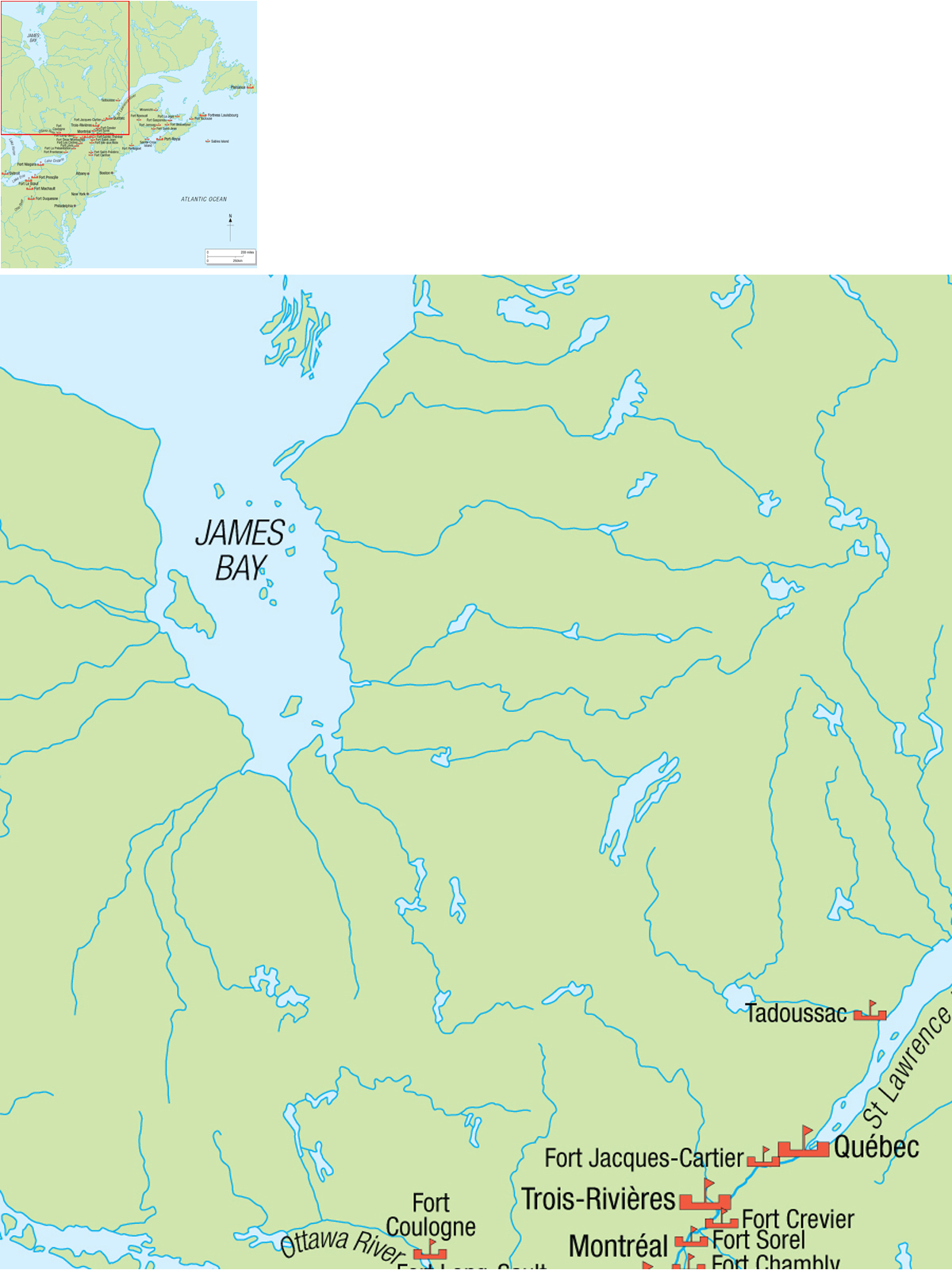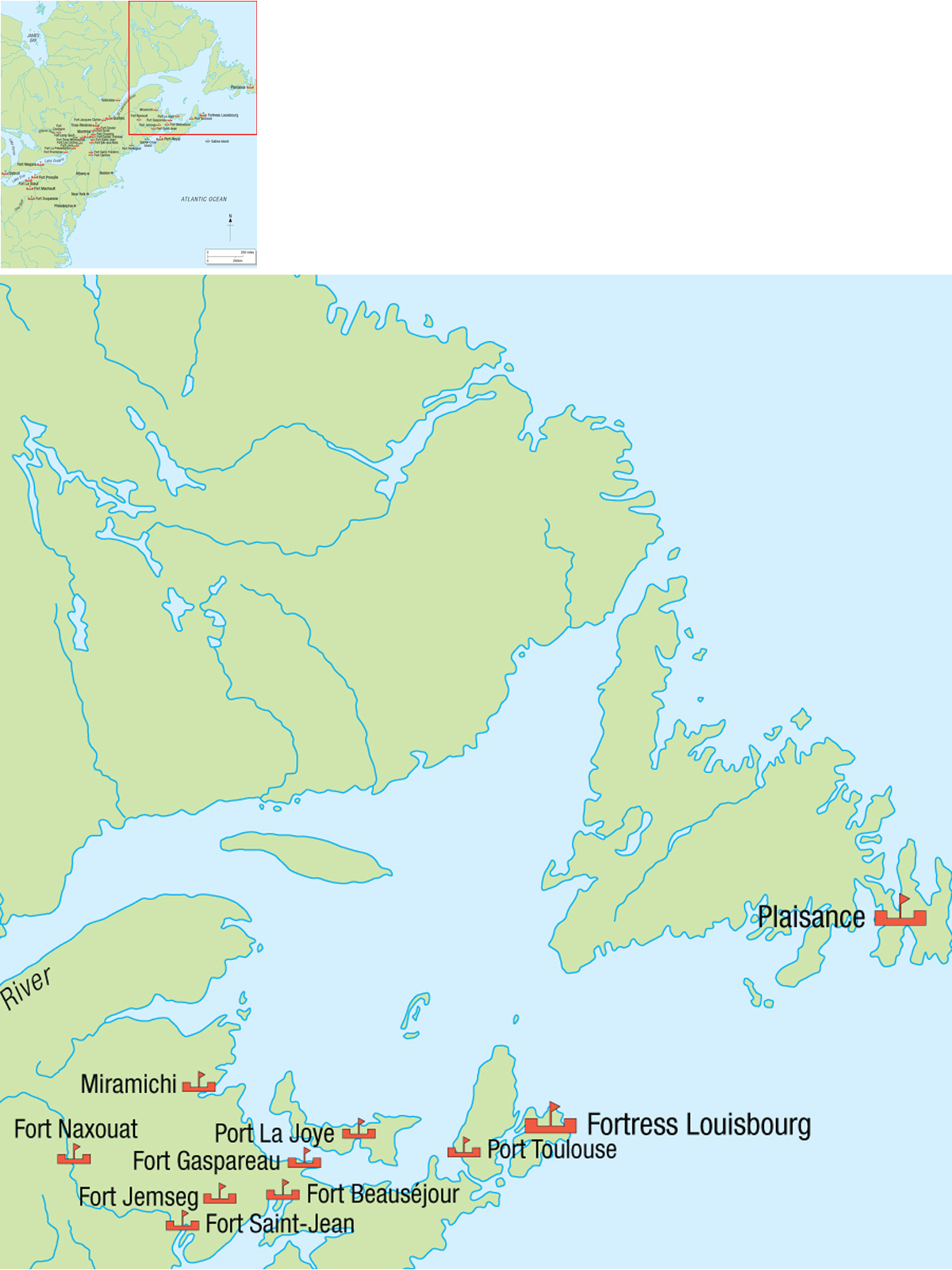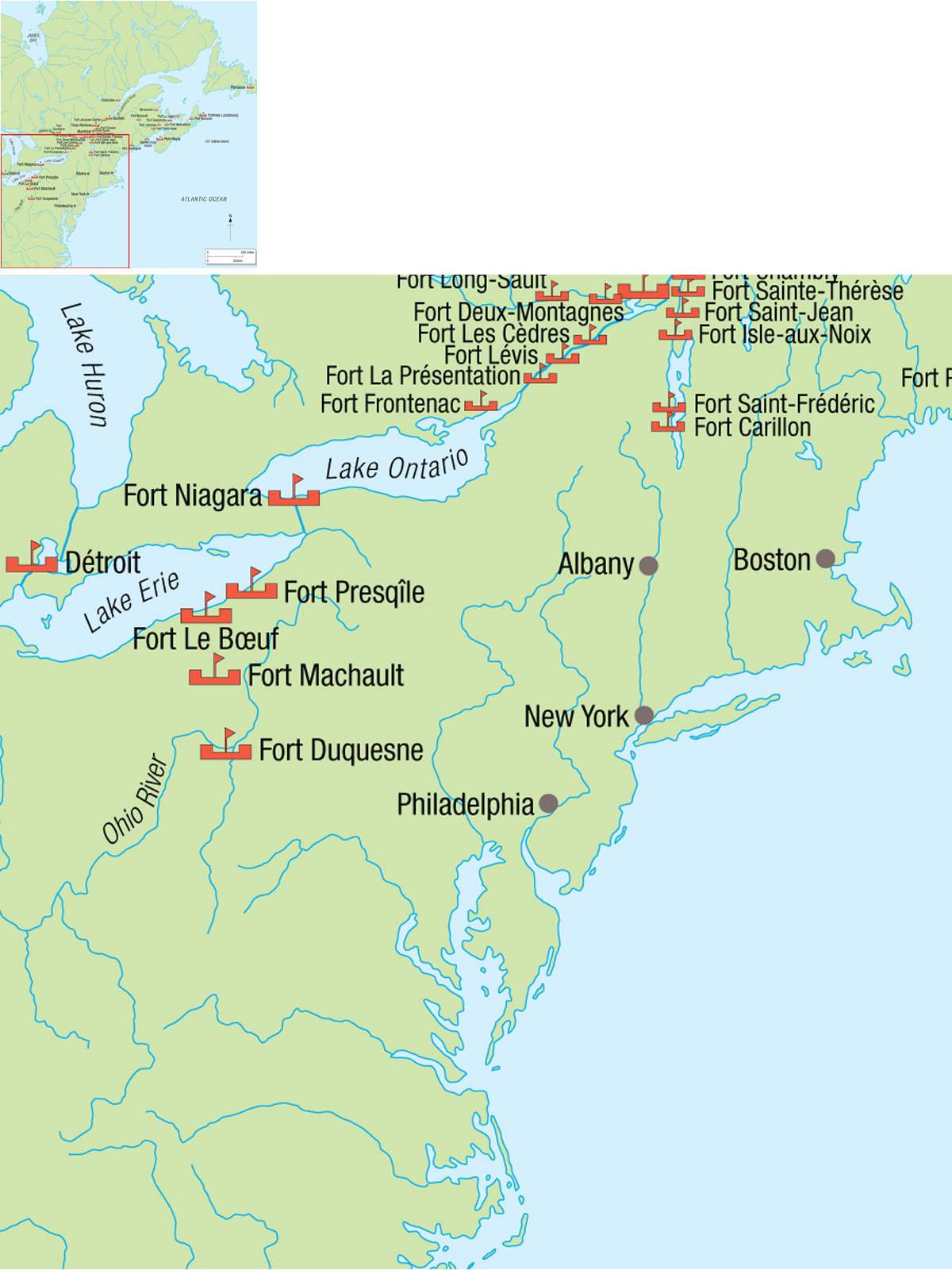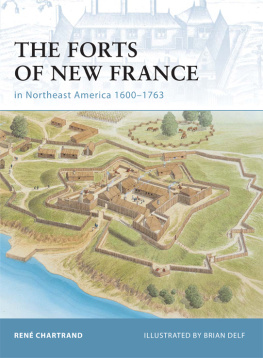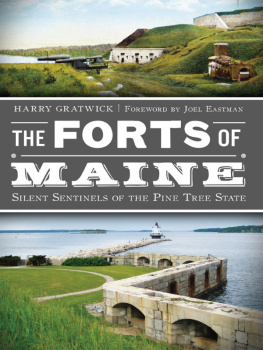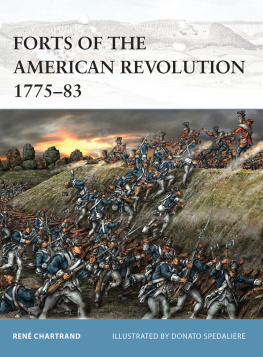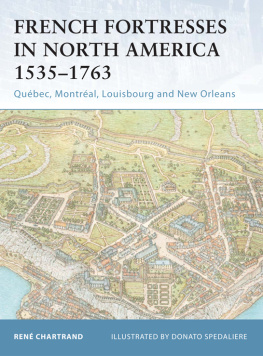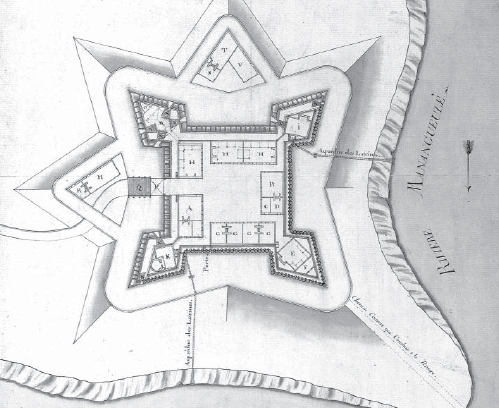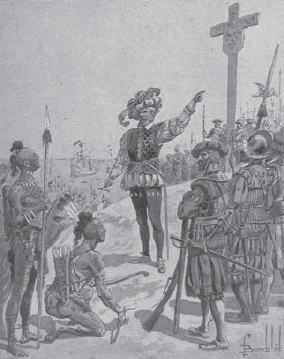FORTRESS 75
THE FORTS OF NEW FRANCE
in Northeast America 16001763
| REN CHARTRAND | ILLUSTRATED BY BRIAN DELF |
| Series editors Marcus Cowper and Nikolai Bogdanovic |
CONTENTS
THE FORTS OF NEW FRANCE IN NORTHEAST AMERICA 16001763
INTRODUCTION
During the 16th century, the various French attempts to establish settlements in North and South America all failed. It was during the 17th century that France at last managed to establish a domain in what is now eastern Canada. The first half of the 17th century saw a number of relatively small forts, or fortified settlements, established on the Atlantic Coast and on the shores of the St Lawrence River. This was a period of extraordinary explorations that saw adventurous men such as Samuel de Champlain or Etienne Brl reveal the existence of the Great Lakes and of great rivers in the interior of the North American continent. The rivers would prove to be the key to the ever-expanding domain claimed by France. During the second half of the 17th century, French explorers reached the edge of the western prairies, Hudsons Bay, and in 1682, Robert Cavalier de La Salle reached the Gulf of Mexico by going down the Mississippi River. Explorations farther west by Pierre Gaulthier de La Vrendrye and his sons continued during the 1730s, revealing an enormous domain whose limit was finally reached in January 1743 when, in the present-day US state of Wyoming, the mighty Rocky Mountains stopped further westward advances. The essential geographical boundaries of New France in North America were thus reached.
To secure all these areas, the French built a large number of forts along the shores of the lakes and waterways of their trade network routes. The forts were basically laid out in a square plan with bastions of various sizes. However, the similarities with small forts in Europe were likely to end there. The type of fort put up in New France could have substantial variations depending on its purpose. Coastal forts such as those at Port Royal or Placentia were mostly concerned with attacks from ships and would have cannon batteries and earthen works. As one moved into the continents interior, the forts would be made of timber planted in the ground to make palisades; this was because it was taken for granted that moving a heavy artillery train in the wilderness was next to impossible and that Indian enemies did not use ordnance. However, as time passed, the need to have substantial and impressive-looking stone fortifications along the most likely interior invasion route into Canada, the Lake Champlain and the Richelieu River corridor, became increasingly important. Thus, when Fort Chambly was rebuilt in the early 18th century, it assumed the appearance of a somewhat medieval stone fort with high walls and massive corner turrets. This followed a recommendation by Marshal Vauban himself, and a similarly imposing type of stone fort was repeated when Fort Saint-Frdric (Crown Point, NY) was built with its large tower.

Detail of a map of New France showing French troops bearing pikes and a unit color (left) with the Seigneur de Roberval in armor during his 15421543 expedition. To the left of Roberval is a small rendering of the fort of France-Roy, symbolically shown as a stone castle having two turrets with a wall and a gate. The natives are also generically shown naked with furs. It must be stressed that illustrations of the 16th and part of the 17th centuries were meant to be an evocation rather than a precise rendering of persons and places. This 1546 map by Pierre Decellier has north at the bottom and south at the top. Library and Archives Canada, NMC 40461.
Captain Jacques Cartier taking possession of Canada for France by erecting a cross bearing a shield with the royal arms at Gasp in 1534. He named the area New France. This type of ceremony was repeated in various places in the following years and decades. Plate after Ren Bombled. Private collection.
This style rapidly evolved into the more standard design of fort built on a square plan with sizable bastions mounted with ordnance at each corner by the middle of the 18th century. This was the type of fort built by the French as they advanced into the Ohio Valley and toward Lake Champlain. Its most finished example was Fort Carillon (Ticonderoga, NY) built below Lake Champlain from 1755, which was to be reveted with stone. During the 1750s, several fort designs were tried out. The star design was used when Fort Beausjour was built. Later, as invading Anglo-American armies in overwhelming numbers were closing in, structures that were designed primarily to be powerful batteries, such as forts Isle-aux-Noix, Lvis, or Jacques-Cartier, were built. Thus, it can be seen that engineers serving in New France tried nearly all types of fortifications in the northeastern part of North America.
CHRONOLOGY
| 1534 | Explorer Jacques Cartier takes possession of Canada for France at Gasp. The area is named New France. |
| 1535 | Cartier and his men build a small fort in the area of Qubec. |
| 15411543 | Cartier and the Seigneur de Roberval build forts at Cap-Rouge near Qubec, but the colony is abandoned in 1543. |
| 15551560 | French settlement in Brazil; destroyed by Portuguese. |
| 15621565 | French settlements in Florida; destroyed by Spanish. |
| 15981603 | Sable Island (Nova Scotia) settlement fails. |
| 16001601 | Fortified post at Tadoussac. |
| 16041605 | Fortified post at Isle Sainte-Croix, Acadia. |
| 1605 | Port Royal, Acadia, habitation built, destroyed in 1613. |
| 1608 | Samuel de Champlain, explorer and first governor of New France, founds Qubec. |
| 1630s | Permanent settlements in Acadia; several forts built. |
| 1632 | Trois-Rivires founded. |
| 1642 | Fort Richelieu built at mouth of Richelieu River; Montral, originally named Ville-Marie, is founded. |
| 1662 | Placentia, Newfoundland, settled permanently by the French. |
| 16651666 | Forts Sorel, Chambly, Saint-Jean, Sainte-Thrse built on Richelieu River. |
| 1670s1690s | Many seigneurial forts built, especially east of Montral. |
| 1686 | First of many successful Canadian and French expeditions to capture and hold British forts in Hudsons Bay. Forts built on the Ottawa River. |
